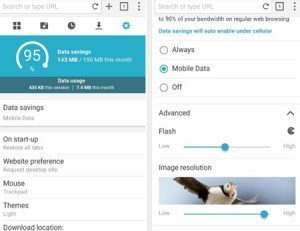

If the information of what sites are being accessed is made available to unauthorized persons, this violates confidentiality requirements, and over time poses a significant OPSEC issue. The common method of doing this is to have a website create a tracking cookie on the browser.

If the RemoteAccessHostFirewallTraversal value name does not exist or its value data is not set to 0, then this is a finding. Navigate to HKLM\Software\Policies\Google\Chrome\ģ. If RemoteAccessHostFirewallTraversal is not displayed under the Policy Name column or it is not set to false under the Policy Value column, then this is a finding.Ģ. In the omnibox (address bar) type chrome://policyĢ.

If this policy is left not set the setting will be enabled. If this setting is disabled and outgoing UDP connections are filtered by the firewall, then this machine will only allow connections from client machines within the local network. If this setting is enabled, then remote clients can discover and connect to this machine even if they are separated by a firewall. Enables usage of STUN and relay servers when remote clients are trying to establish a connection to this machine.
If the installed version of Chrome is not supported by Google, this is a finding. Cross-reference the build information displayed with the Google Chrome site to identify, at minimum, the oldest supported build available. In the omnibox (address bar) type chrome://settings/helpĢ.
Running an older version of the browser can introduce security vulnerabilities to the system.

 0 kommentar(er)
0 kommentar(er)
